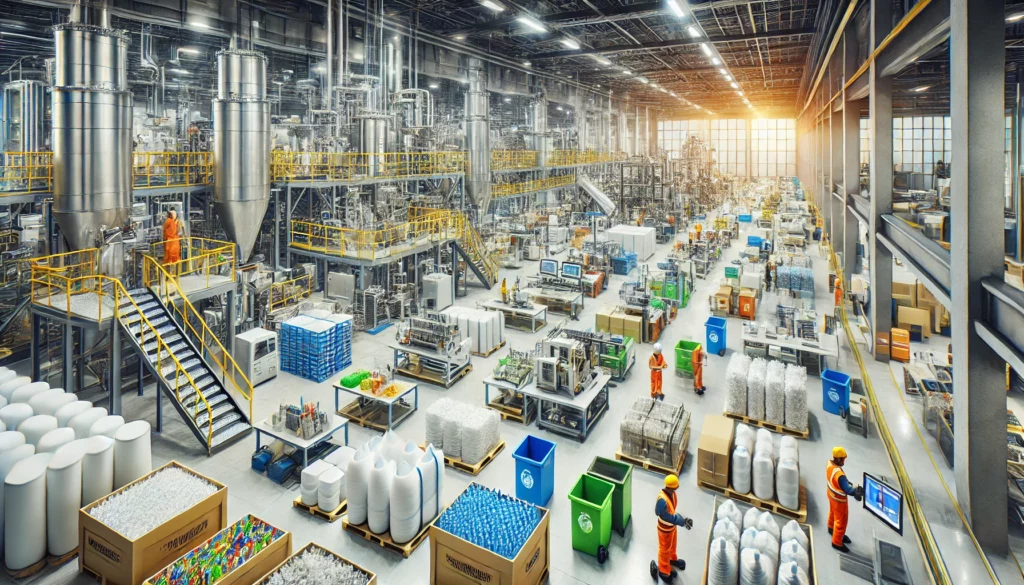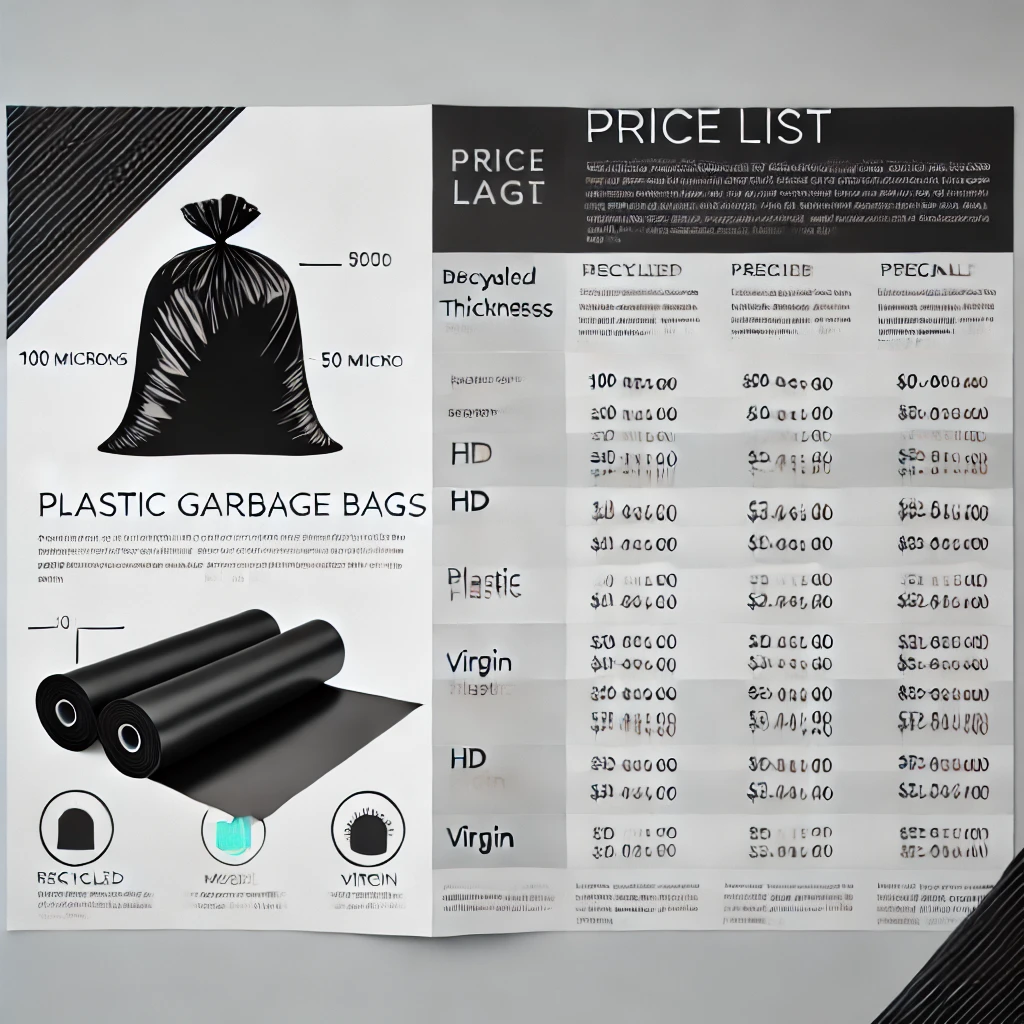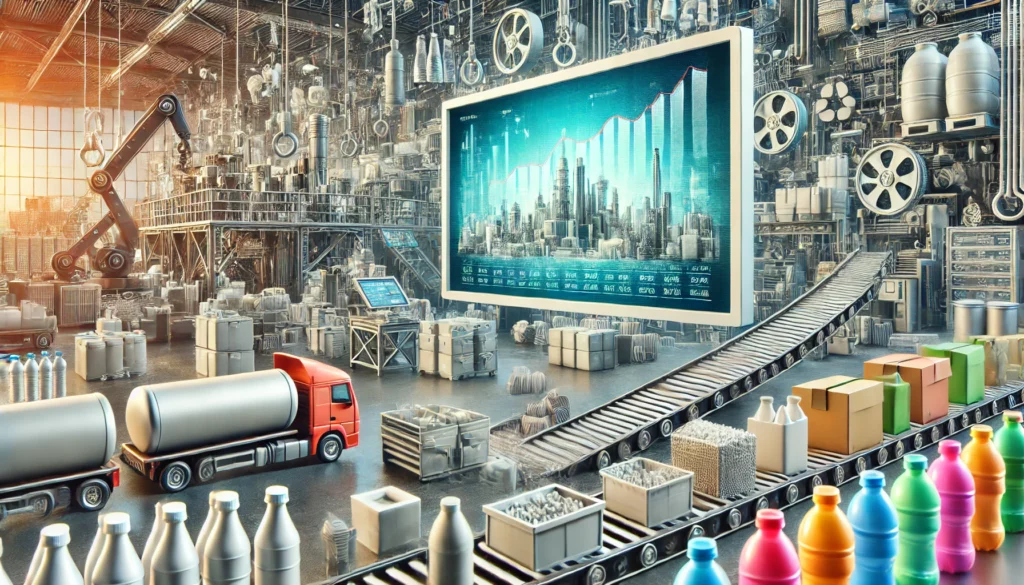Here’s a more user-friendly discussion about the differences between virgin and recycled plastics, along with some tips on how to distinguish between them when shopping.
Understanding Virgin vs. Recycled Plastics
Quality and Cost Comparison
| Feature | Virgin Plastic | Recycled Plastic |
|---|---|---|
| Source of Material | Made from new raw materials like crude oil | Made from post-consumer plastic waste |
| Quality and Clarity | High clarity, no impurities | Less clarity, may contain some impurities |
| Strength and Durability | Typically stronger and more durable | Less durable due to breakdown of polymers |
| Cost of Production | Often cheaper due to established processes | Can be more expensive due to additional processing steps |
| Environmental Impact | High, uses non-renewable resources | Lower, helps reduce landfill waste |
| Recyclability | Limited, often not recycled after use | Highly recyclable, can be processed multiple times |
| End-of-Life Management | Often ends in landfills or incineration | Can be recycled multiple times, reducing waste |
How to Distinguish Between Virgin and Recycled Plastics When Shopping
- Transparency and Appearance: Virgin plastics are typically more transparent and uniform in appearance. Recycled plastics might show slight coloration or specks due to the presence of impurities from previous uses.
- Labeling: Look for labels or markings on the product or packaging. Products made from recycled materials often have specific labels indicating their composition (e.g., “Made with recycled materials”).
- Texture and Consistency: Virgin plastics tend to have a smoother texture and more consistent thickness across the product. Recycled plastics may vary slightly in texture due to the varied nature of the materials they are made from.
- Price: Virgin plastic products are generally cheaper due to the lower cost of production. Recycled plastic products might carry a premium price due to the additional processes involved in recycling materials.

Tips for Making an Informed Choice
- Check for certifications: Products that include recycled content may be certified by environmental organizations, which can be a reliable indicator of the product’s material origins.
- Ask the retailer: If it’s not clear from the packaging whether a product is made from virgin or recycled plastic, consider asking the retailer for more information.
- Consider the product’s lifecycle: Choose products that offer the possibility of being recycled after use, contributing to a circular economy.
By understanding these differences and knowing what to look for, you can make more informed choices that align with your preferences for quality, cost, and environmental impact.










